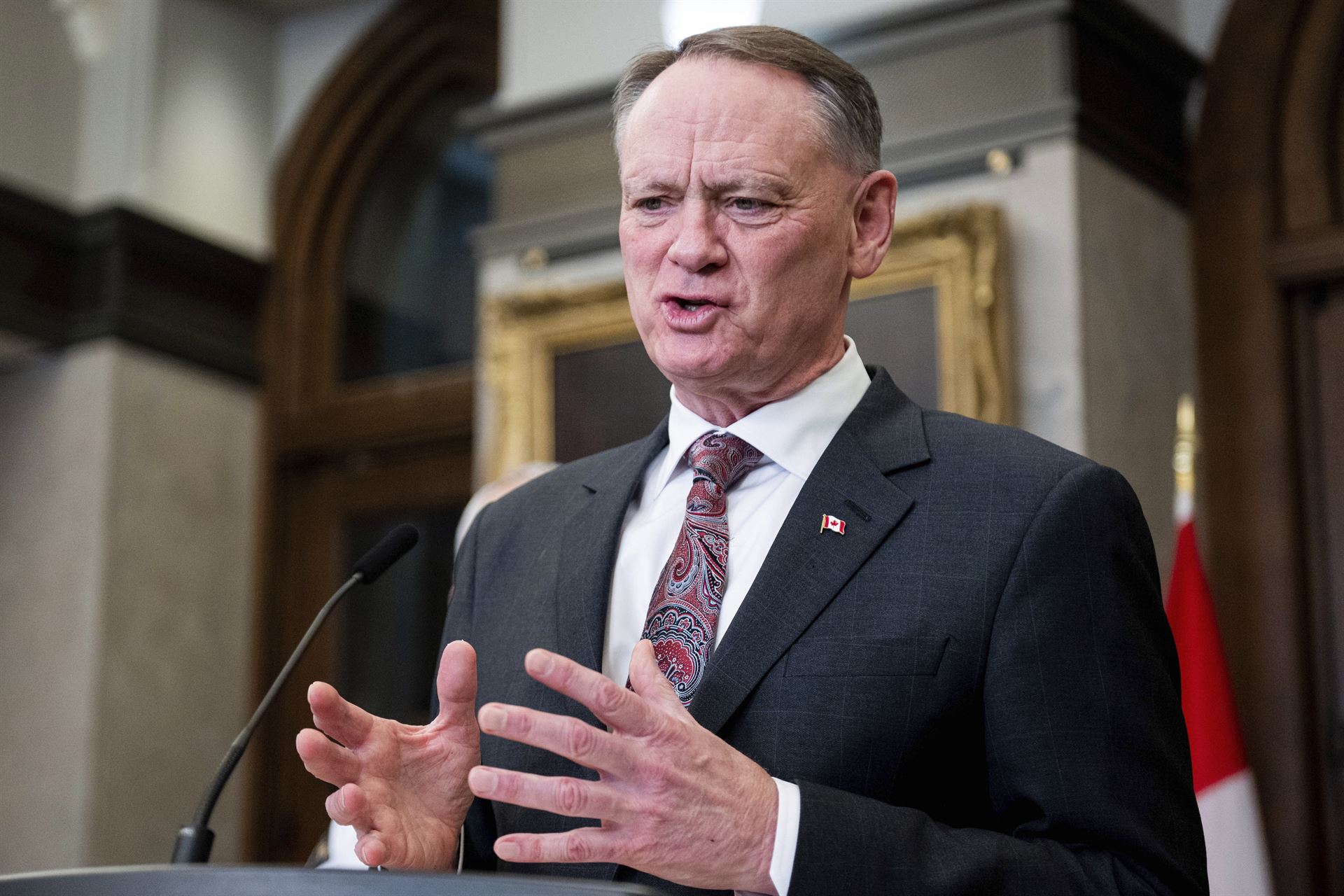
Canada has listed seven transnational criminal organizations as terrorist entities and announced a new partnership with banks to combat money laundering, the government said on Thursday.
The list of terrorist entities includes Mara Salvatrucha, Cartel de Sinaloa and Tren de Aragua, the Public Safety Ministry said.
The announcement comes a day after the United States designated Tren de Aragua, the Sinaloa Cartel and other drug cartels as global terrorist organizations.
ALSO READ: Trump re-designates Houthis as 'terrorist organization'
"These listed entities are organized crime groups that spread fear in local populations by using methods of extreme violence, and are known for drug trafficking, human trafficking and trafficking in illegal guns," Minister David McGuinty told reporters in Ottawa.
"The measures we are taking will keep fentanyl off the streets and from entering the United States."
The other listed entities are the Cartel del Golfo, La Familia Michoacana, Carteles Unidos and Cartel de Jalisco Nueva Generación.
READ MORE: China 'concerned' over terror ties in Syria
In an effort to curb money laundering linked to drug trafficking, the Department of Finance on Thursday evening announced a new partnership with law enforcement, Ottawa and Canada's big banks that will allow them to share money laundering and organized crime intelligence.
Canada's newly appointed Fentanyl Czar Kevin Brosseau launched the first meeting of the partnership on Wednesday, which includes chief money laundering officers of the big banks and national police force officials.
Mexican President Claudia Sheinbaum said on Thursday following the US terror listings that she will propose a constitutional reform aimed at further protecting Mexico's national sovereignty.
READ MORE: Canada lists Samidoun as terrorist entity
Prime Minister Justin Trudeau had said on February 3 that Canada would list cartels as terrorists as he announced a 30-day reprieve from US tariffs.
Public data shows 0.2 percent of all fentanyl seized in the US comes over the Canadian border, while the vast majority originates from the United States' southern border with Mexico.


